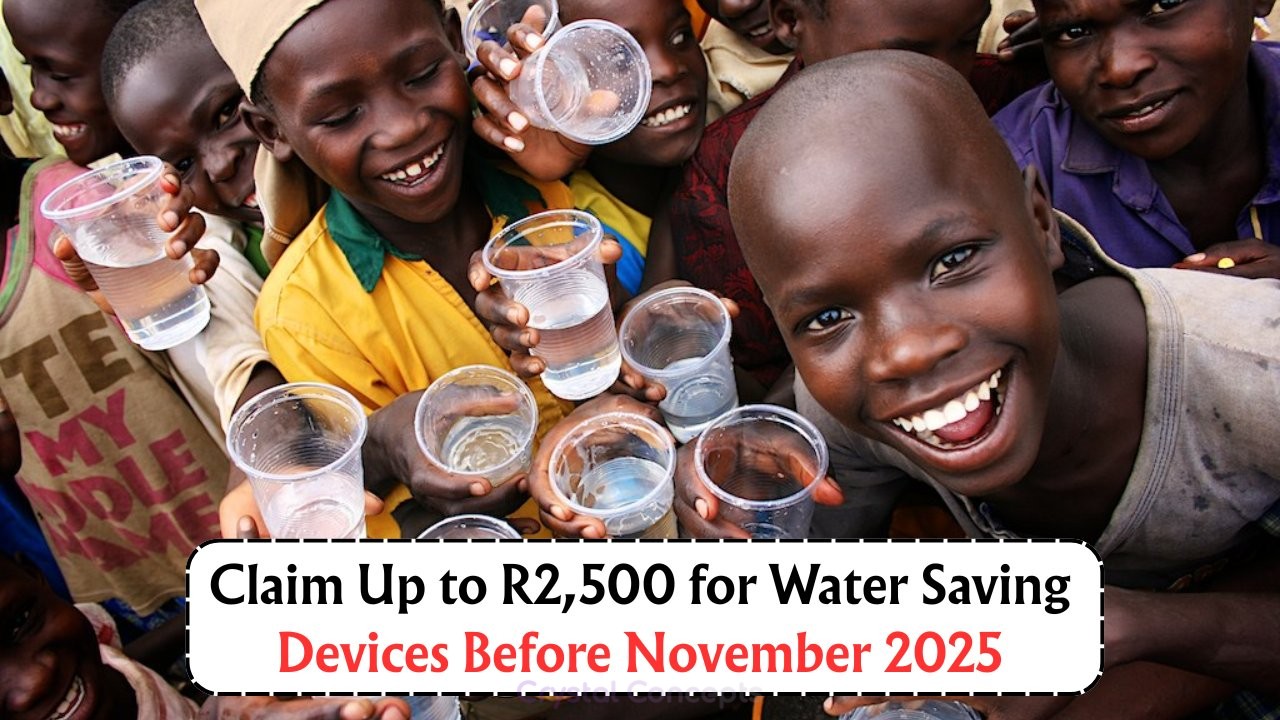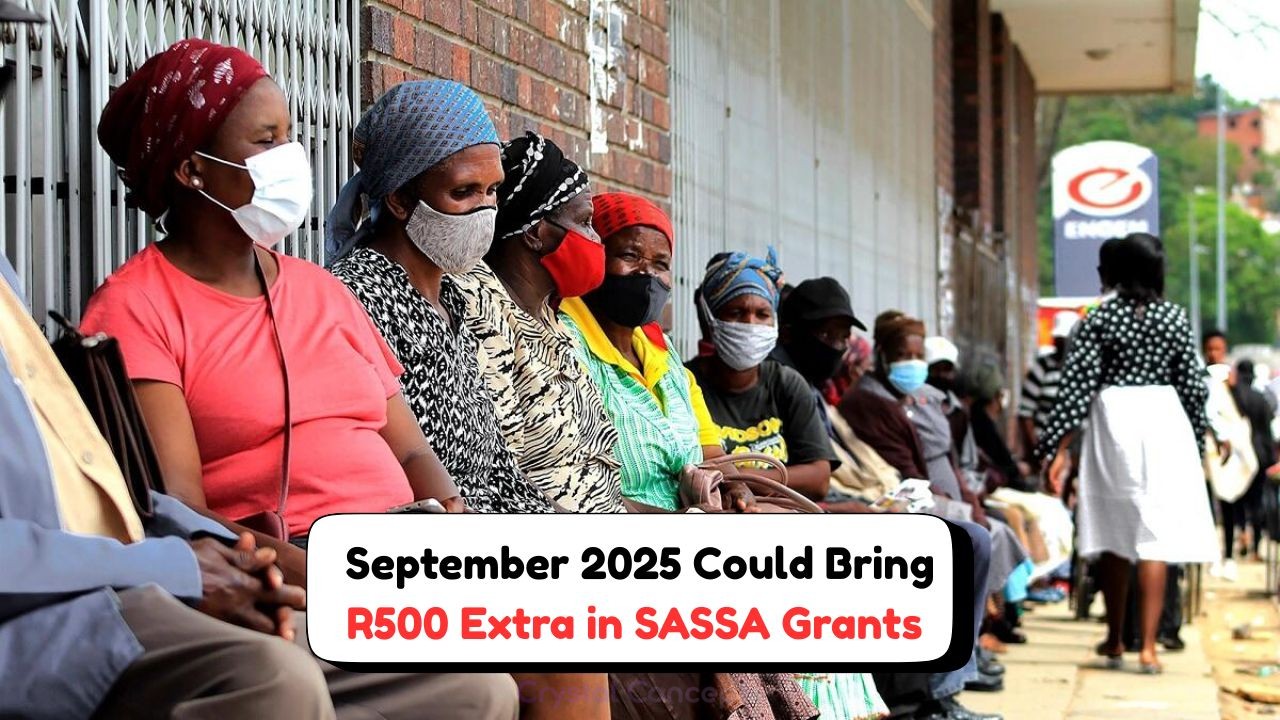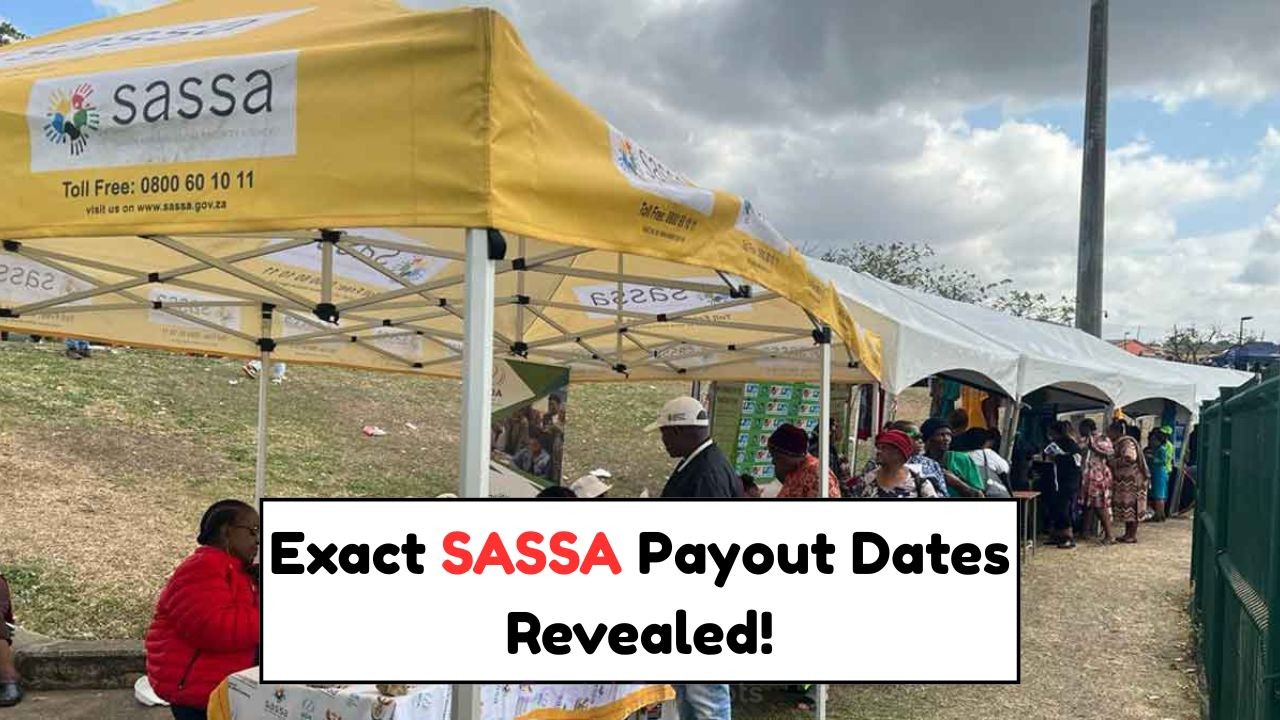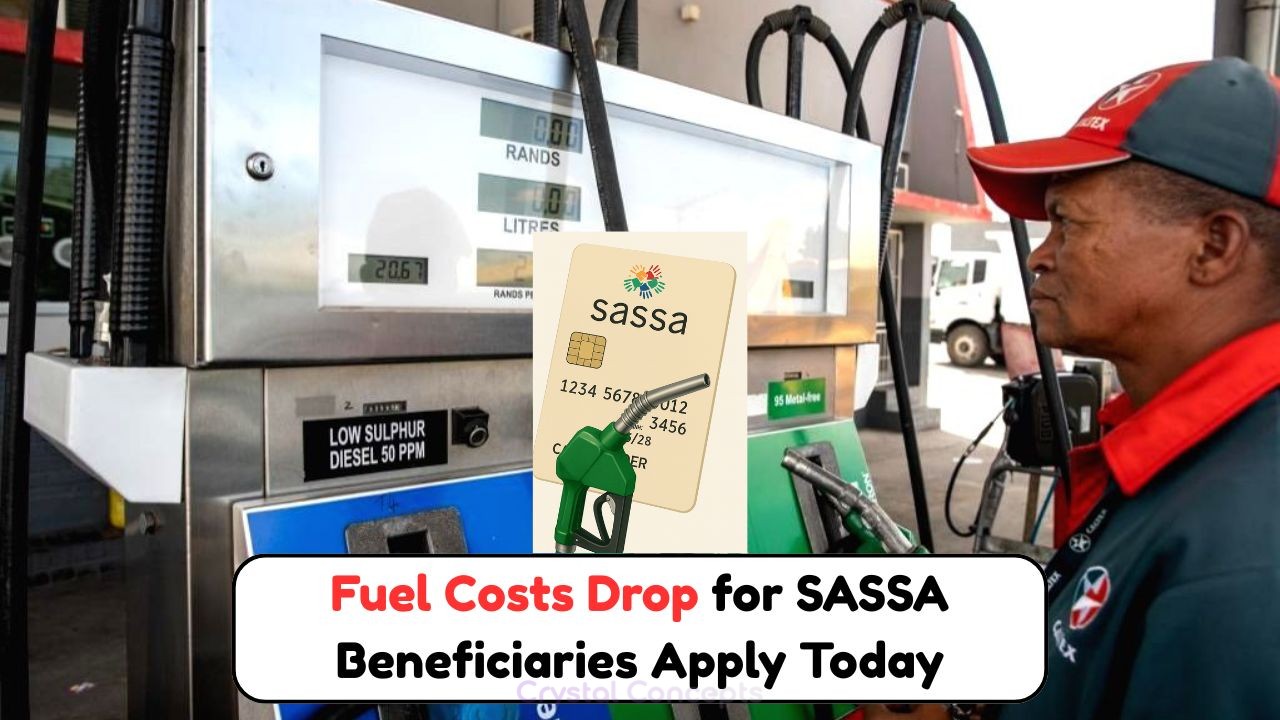November 2025 Water-Saving Initiative: With the November 2025 deadline fast approaching, South Africans have a unique opportunity to secure a R2,500 incentive from the government for installing water-saving devices. This initiative aims to encourage households and businesses to adopt sustainable water practices amidst the ongoing challenges of water scarcity. By integrating these devices, you can not only contribute to a more sustainable environment but also enjoy reduced utility bills. The scheme highlights a commitment from the government to support eco-friendly practices, aligning with global efforts to combat climate change.
Understanding the Water-Saving Scheme in South Africa
The government’s water-saving scheme is a timely response to the critical water shortages facing South Africa. The initiative provides financial support for households and businesses that install approved water-saving devices. These devices range from low-flow showerheads to rainwater harvesting systems, all aimed at reducing water consumption and wastage. To qualify for the incentive, installations must be completed by November 2025. This deadline underscores the urgency of the situation and the need for immediate action. By participating, residents can make a significant impact, paving the way for a more resource-efficient future.
- Submission of installation proof is required.
- Devices must be approved by the local water authority.
- Residents must apply before the November deadline.
- Rebates are processed within 60 days of application approval.
Benefits of Installing Water-Saving Devices
 Discover the Complete SASSA Payment Calendar for August–September: Key Dates & Categories Unveiled!
Discover the Complete SASSA Payment Calendar for August–September: Key Dates & Categories Unveiled!
- Significant reduction in water bills.
- Contribution to environmental sustainability.
- Government rebates lower initial costs.
- Long-term resource conservation.
How to Apply for the Water-Saving Rebate
Applying for the water-saving rebate is a straightforward process designed to be accessible to all South Africans. First, ensure that the water-saving devices you intend to install are on the government-approved list. Next, hire a certified professional for the installation to guarantee compliance with local regulations. After installation, collect all necessary documentation, including receipts and a certificate of compliance. Submit these documents along with your application to the relevant local authority before the November 2025 deadline. The government aims to process applications within 60 days, allowing for prompt receipt of the rebate.
 Starting 5 September: How to Secure Your R450 Monthly Fuel Support with SASSA's New Subsidy Card!
Starting 5 September: How to Secure Your R450 Monthly Fuel Support with SASSA's New Subsidy Card!
| Device Type | Average Cost | Rebate Amount | Installation Time | Water Savings |
|---|---|---|---|---|
| Low-flow Showerhead | R500 | R250 | 1 hour | 20% |
| Rainwater Tank | R3,000 | R1,500 | 1 day | 30% |
| Greywater System | R10,000 | R2,500 | 3 days | 50% |
| Dual-flush Toilet | R1,200 | R600 | 2 hours | 30% |
| Smart Irrigation | R2,500 | R1,250 | 1 day | 40% |
Impact of Water Conservation on South Africa’s Future
Water conservation is not merely an environmental concern but a socio-economic imperative for South Africa. The country’s water resources are stretched thin due to increasing demand and climate variability. By adopting water-saving technologies, communities can alleviate pressure on water systems and ensure a sustainable supply for future generations. This initiative also stimulates economic growth by creating jobs in the installation and maintenance of water-saving devices. Moreover, it fosters a culture of sustainability, encouraging residents to make conscious decisions about their water use.
Exploring Additional Water Conservation Strategies
Beyond installing water-saving devices, there are numerous strategies South Africans can adopt to enhance their water conservation efforts. Simple behavioral changes, such as turning off the tap while brushing teeth or taking shorter showers, can collectively lead to substantial water savings. Implementing rainwater harvesting systems to capture and reuse rainwater for irrigation and non-potable uses is another effective method. Educating communities about the importance of water conservation through workshops and local events can also drive change at a grassroots level. Together, these strategies contribute to a resilient and water-secure future.
- Encourage community water audits.
- Promote the use of indigenous plants in gardens.
- Implement greywater recycling systems.
- Support policies that prioritize water conservation.
- Invest in water-efficient appliances.
Challenges and Solutions in Implementing Water-Saving Devices
While the benefits of water-saving devices are clear, there are challenges that South Africans may face in their implementation. Affordability remains a significant barrier for many households, despite the availability of rebates. Additionally, there may be a lack of awareness or understanding of the long-term savings these devices offer. To overcome these challenges, the government and local organizations can increase outreach efforts, providing education and resources to help residents make informed decisions. Partnerships with financial institutions can also facilitate access to financing options for those unable to afford upfront costs.
- Offer micro-financing options.
- Conduct awareness campaigns.
- Provide installation training programs.
Frequently Asked Questions about Water-Saving Incentives
The water-saving incentive program has generated many questions from the public. Below are some of the most frequently asked questions to provide clarity and assist potential applicants.
- What devices qualify for the rebate? Approved devices include low-flow showerheads, rainwater tanks, and dual-flush toilets.
- Can businesses apply for the rebate? Yes, both residential and commercial properties are eligible for the rebate.
- How long does it take to receive the rebate? Rebates are typically processed within 60 days of application approval.
- Are there any additional costs involved? Installation costs may vary, and it’s essential to hire a certified professional.
- What is the final date to apply for the rebate? Applications must be submitted by November 2025.
- How do I apply for the rebate? You can apply online through your local municipality’s website or in person.
Additional Resources for Water Conservation
| Resource | Details | Contact |
|---|---|---|
| Department of Water and Sanitation | Guidelines and resources for water conservation | Online Portal |
| Green Building Council SA | Information on sustainable building practices | Website |
| Local Municipalities | Application procedures and support | Visit local offices |
| Environmental NGOs | Workshops and community events | Contact local branches |
| Financial Institutions | Financing options for water-saving installations | Inquire directly |
Final Thoughts on Water-Saving Initiatives
As the November 2025 deadline looms, South Africans are encouraged to take advantage of the government’s water-saving incentive. This initiative not only offers financial relief but also empowers citizens to take an active role in combating water scarcity. By embracing these technologies, households and businesses can contribute to a sustainable future, ensuring that water resources are preserved for generations to come.
| Province | Number of Applications | Rebates Granted | Water Saved (Litres) |
|---|---|---|---|
| Gauteng | 15,000 | R37,500,000 | 1,000,000 |
| Western Cape | 10,000 | R25,000,000 | 750,000 |
| KZN | 8,000 | R20,000,000 | 600,000 |
| Eastern Cape | 5,500 | R13,750,000 | 412,500 |
Additional Information and FAQs
Is the rebate applicable to all regions in South Africa?
Yes, the rebate is available nationwide, though specific application processes may vary by municipality.
Are there any maintenance requirements for installed devices?
Regular maintenance is recommended to ensure optimal performance and water savings.
Can water-saving devices be installed by any plumber?
For rebate eligibility, devices must be installed by certified professionals.
Where can I find a list of approved devices?
A list of approved devices is available on the Department of Water and Sanitation’s website.
Is there a limit to the number of devices one can install?
No, there is no limit, but rebates are capped at R2,500 per household.







